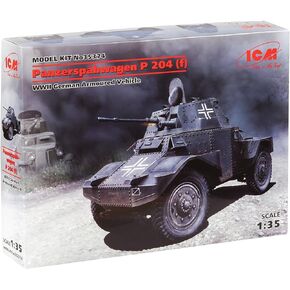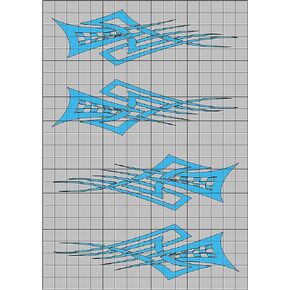- Shopping, made easy.
- /
- Get the app!
For 1953, Castoldi decided to focus less on circuit racing, and to concentrate on setting top speed records. He commissioned an 800kg-class three-point hydroplane hull to be built by Cantieri Timossi, a hydroplane builder on Lake Como, near Milan. The hydroplane was constructed with a solid wood frame skeleton with a marine plywood skin and a mahogany veneer. The aluminum fairing, rear aerodynamic stabilizer and engine cover were painted in red, the traditional color of Italian racers. The hull was dubbed Arno XI. For the engine, he turned to the new up and comers of the auto racing scene – Scuderia Ferrrari . Ferrrari supplied Castoldi with a type 375 V-12 Grand Prix engine, the same type that powered Ferrrari 's racecars in '51 and ‘52. The supplied engine displaced 4493.7cc, each cylinder with an 80mm bore & 74.5mm stroke. There were two spark plugs per cylinder, a 12:1 compression ratio and the stock engine made approximately 385bhp. Ignition was handled by magnetos, rather than a distributor and coil. The engine was mated to a gear step-down box which spun the twin bladed propeller at up to 10,000 rpm. The propeller shaft ran at a shallow downward angle toward the rear of the hydroplane (the angle got steeper, of course, as the aerodynamics of the three-point hull lifted the bow of the boat at speed). The propeller shaft and the engine both were kept cool by the fresh water of the European lakes where the boat raced.
 ICM Models Panzerspahwagen P 204 WWII German Armored Vehicle
KWD 20.500
ICM Models Panzerspahwagen P 204 WWII German Armored Vehicle
KWD 20.500
 AFV 1:43 German Sd. Kfz. 186 Jagdpanzer VI Jagdtiger Heavy Tank Destroyer with Henschel Turret - '211', schwere Panzerjager Abteilung 512, Germany, 1945
KWD 15.500
AFV 1:43 German Sd. Kfz. 186 Jagdpanzer VI Jagdtiger Heavy Tank Destroyer with Henschel Turret - '211', schwere Panzerjager Abteilung 512, Germany, 1945
KWD 15.500
 TRB5005P Tribal Racing Vinyl Paint Mask/Stencil Kit for R/C, RC, Radio Controlled Vehicle Body
KWD 2.500
TRB5005P Tribal Racing Vinyl Paint Mask/Stencil Kit for R/C, RC, Radio Controlled Vehicle Body
KWD 2.500
 Metal Earth Merry Go Round 3D Metal Model Kit Fascinations
KWD 5
Metal Earth Merry Go Round 3D Metal Model Kit Fascinations
KWD 5